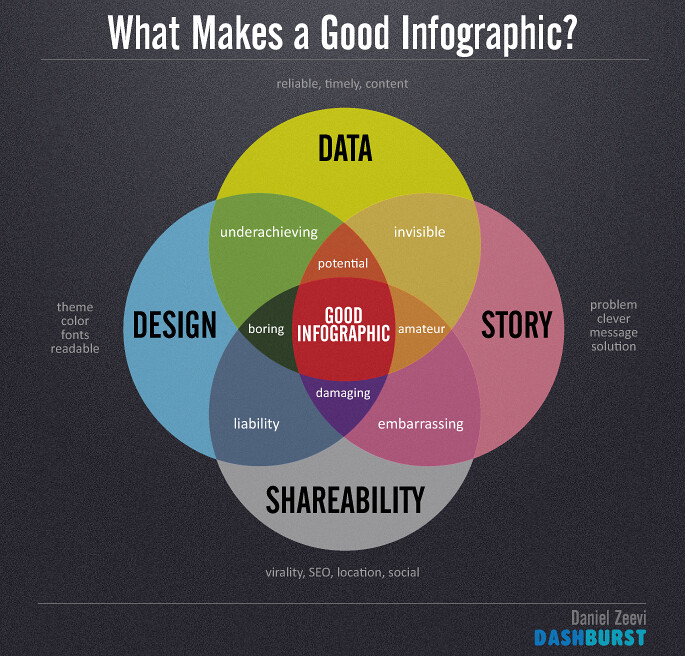Does the shift toward more data and algorithmic direction for our business decisions assure us that organizations and businesses are operating to everyone's advantage? There are a number of issues involved that some people feel need to be addressed going forward.
Numbers don't lie, or do they? Perhaps the fact that they are perceived to be absolutely objective is what makes us accept the determinations of algorithms without questioning what factors could have shaped the outcome.
That's the argument Cathy O'Neil makes in Weapons of Math Destruction: How Big Data Increases Inequality and Threatens Democracy. While we tend to think of big data as a counterforce to biased, just decisions, O'Neil finds that in practice, they can reinforce biases even while claiming unassailable objectivity.
“The models
being used today are opaque, unregulated, and uncontestable, even when they’re
wrong.” The math destruction posed by algorithms is
the result of models that reinforces barriers, keeping particular demographic
populations disadvantaged by identifying them as less worthy of credit,
education, job opportunities, parole, etc.
Now the organizations and businesses
that make those decisions can point to the authority of the algorithm and so
shut down any possible discussion that question the decision. In that way, big
data can be misused to increase inequality. As algorithms are not created in a
vacuum but are born of minds operating in a human context that already has some
set assumptions, they actually can extend the reach of human biases rather than
counteract them.
“Even algorithms have parents, and
those parents are computer programmers, with their values and assumptions, “Alberto Ibargüenhttps://www.knightfoundation.org/articles/ethics-and-governance-of-artificial-intelligence-fund,
president and CEO and of the John
S. and James L. Knight Foundation wrote. “As computers learn and adapt from new data,
those initial algorithms can shape what information we see, how much money we
can borrow, what health care we receive, and more.”
I spoke with the foundation’s VP of Technology Innovation, John Bracken about its
partnership with the MIT Media Lab and the Berkman Klein Center for Internet
& Society as well as other individuals and organizations to create a $27
million fund for research in this area.
The idea is to open the way to “bridging”
together “people across fields and nations” to pull together a range of
experiences and perspectives on the “social impact” of the development of
artificial intelligence. As AI is on the road “to impact every aspect of human
life,” it is important to think about sharping policies for the “tools to be built” and how they are
to be implemented.
Read more in











